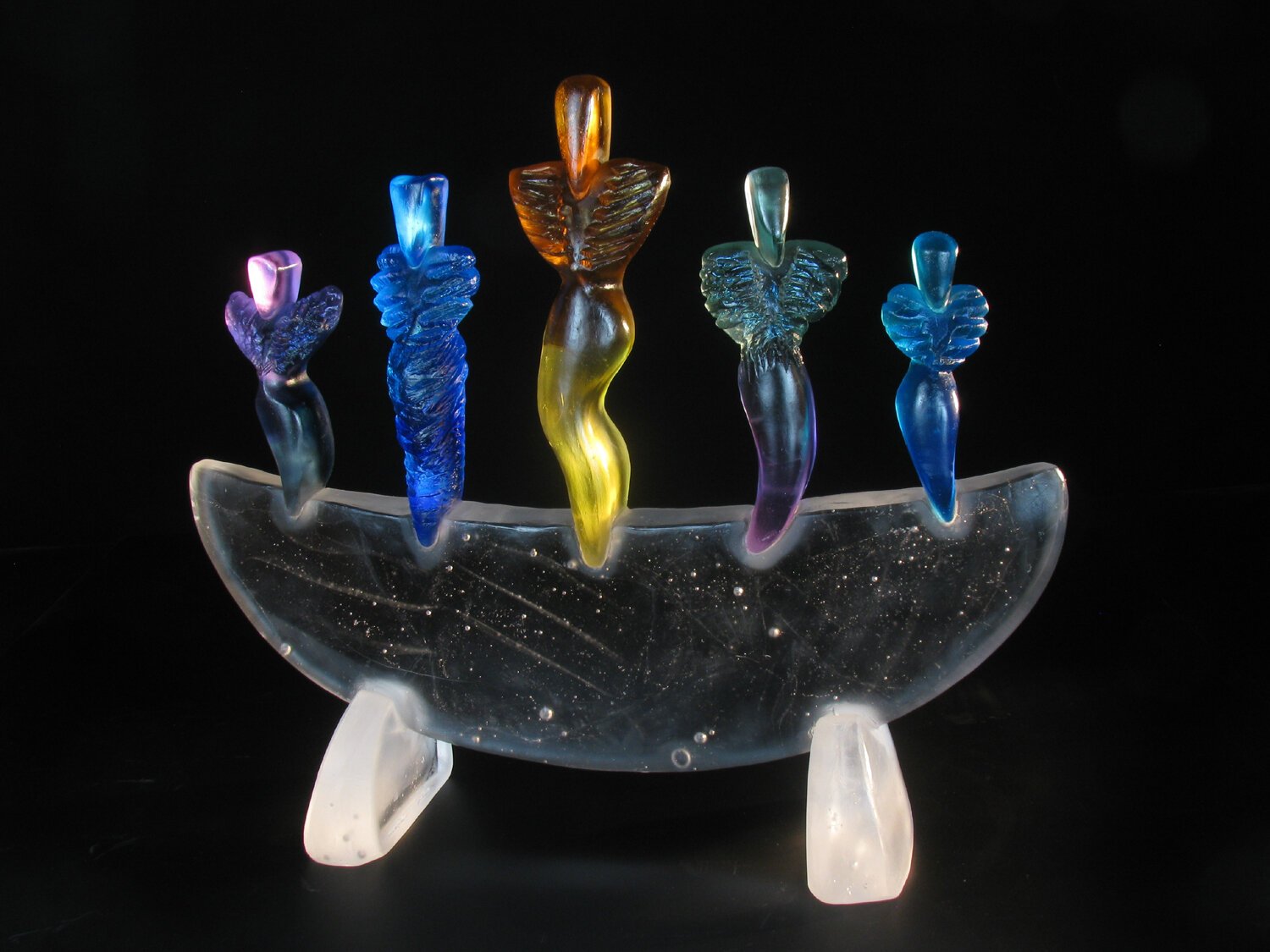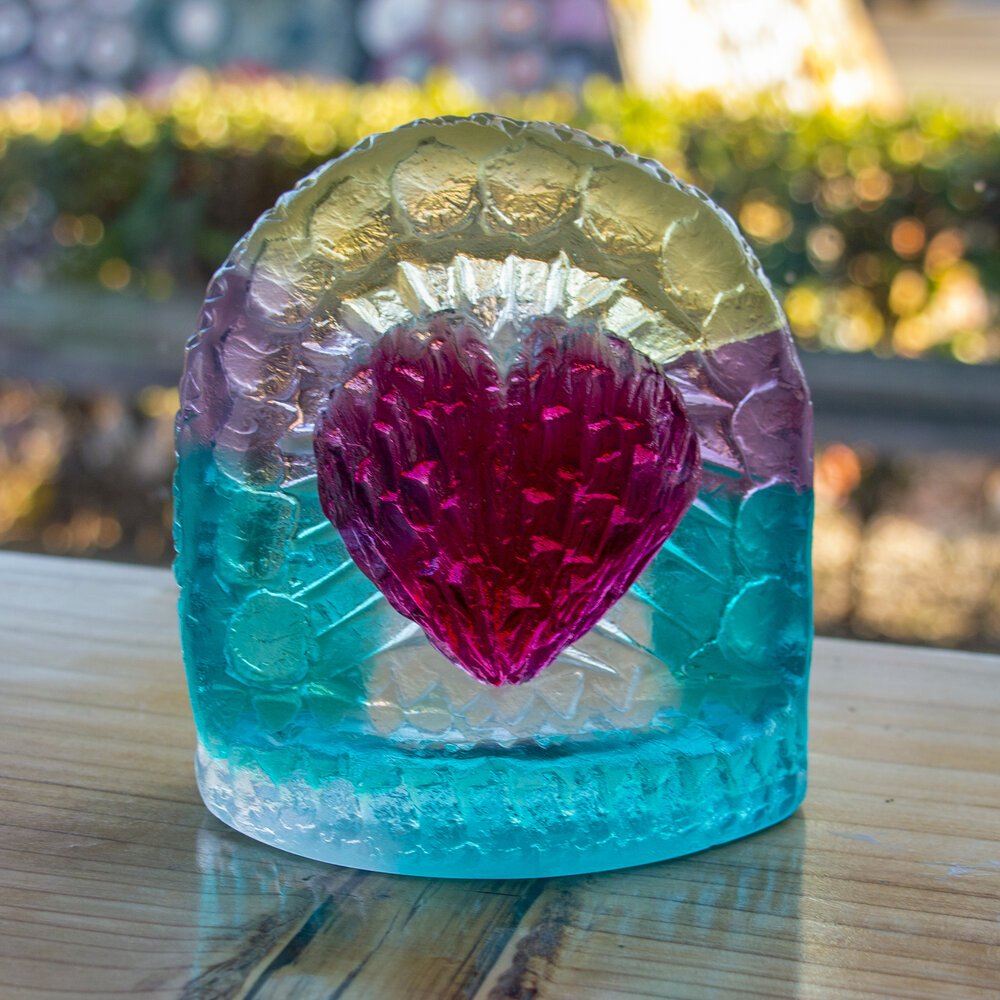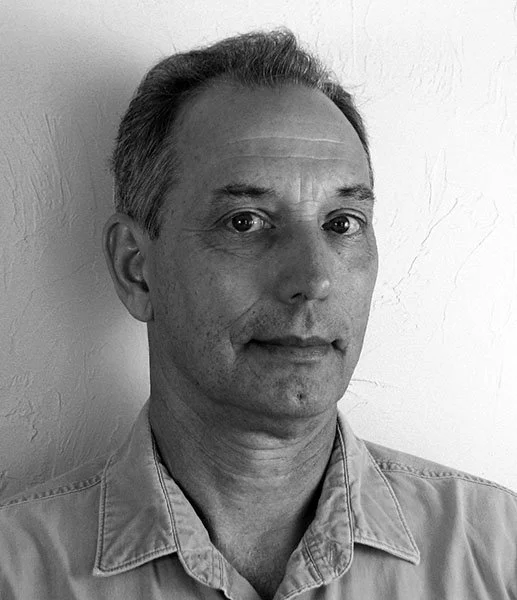Mark Abildgaard
Art has been defined as an awareness of relationships that leads to transformation, then transcendence. In the experience of Mark Abildgaard’s (b. 1957) art the emphasis is on transformation. Materials, process, product, the experience of the artist, even the interaction with a viewer, involve a series of transformations. His art historical genealogy might be traced in a line from ancient Egyptian figures, Greek Cycladic idols, through the 20th century, Constantin Brancusi, Isamu Nouguchi, Stephen DeStaebler in the west, then to the Pacific Island wood carvings of Hawaii and the organic raku forms of Japan. The common element of the visual language in all of these references is the articulation of pure form, color and texture and the embodiment of a spiritual power. With an MFA from the University of Hawaii in 1983 and a visiting artist position at the Tokyo Glass Art Institute in 1984, Abildgaard’s aesthetic was formed by both intellectual study and direct experience combined with a refinement of his personal spiritual path.
“In creating my glass sculpture I have found inspiration by looking at the artifacts from many different cultures which convey a sense of mystery about mankind’s existence through time. I use images of totems, boats and figures in my work to explore ideas about the cycle of life and death. I try to create archetypical images which are not culturally specific. In working with these images I am seeking a way to combine ancient forms and my own life experiences. I want my work to maintain a connection to the past and at the same time reflect a sense of the immediacy of the moment when glass, light and color interact.” — Mark Abildgaard
Abildgaard’s Work

Mark Abilgaard, Ancestor Boat, 2019, Glass, 21" x 25" x 7"

Mark Abildgaard, Heart Shrine, 2021, Glass, 5” x 4.5” x 2.5”

Mark Abildgaard, Winged Figure, 2021, Glass, 15” x 6” x 3”

